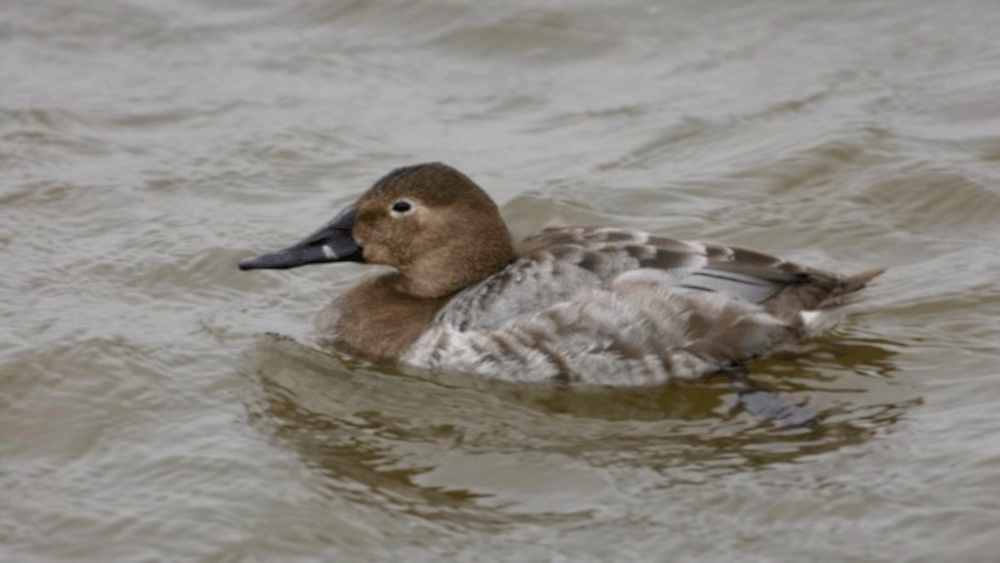
Conditions vary this autumn at the Missouri Department of Conservation’s (MDC) wetlands.
MDC says some conservation areas with wetlands managed for waterfowl have ample water and good access for hunters. Some areas, however, have infrastructure issues or low water from a dry autumn.
A dry autumn is causing low-water conditions at some wetlands in northwest and west-central Missouri. Autumn rains, however, can quickly improve wetland conditions, especially those with good growth of natural waterfowl foods through the summer. Scouting wetland conditions ahead of the season or before making a hunting trip can boost success.
Missouri’s North Zone ducking hunting season opens November 7 and ends January 5. The Middle Zone will have a split season, November 7-13, and November 19 through January 10.
Habitat conditions at MDC’s Grand Pass Conservation Area are very good, said Chris Freeman, MDC regional resource management district supervisor. Moist soil food plant production and wetland habitat is excellent to very good. Agricultural crops are very good. Water levels will be normal.
Wetlands at MDC’s Schell-Osage Conservation Area were drained for a major renovation project that is ongoing. Preliminary brush clearing for the project is now complete. All hunting and refuge zones at the area will be in effect. The Waterfowl Hunting Only zones will be open through self-registration. Water will be held in wetlands if the area receives significant rains or a rise in the Osage River and Truman Lake.
Both water levels and waterfowl food are fair to good in wetlands at the Ralph and Martha Perry Memorial Conservation Area, said Joe Coy, MDC wildlife management biologist. Pools are 70 percent full of water. Levee conditions are adequate.
For more information on waterfowl hunting in Missouri, visit https://short.mdc.mo.gov/ZQg. MDC has altered waterfowl hunting blind allocations to adjust for COVID-19 safety precautions. For updates on blind draws or reservations, visit https://short.mdc.mo.gov/Z4W.


